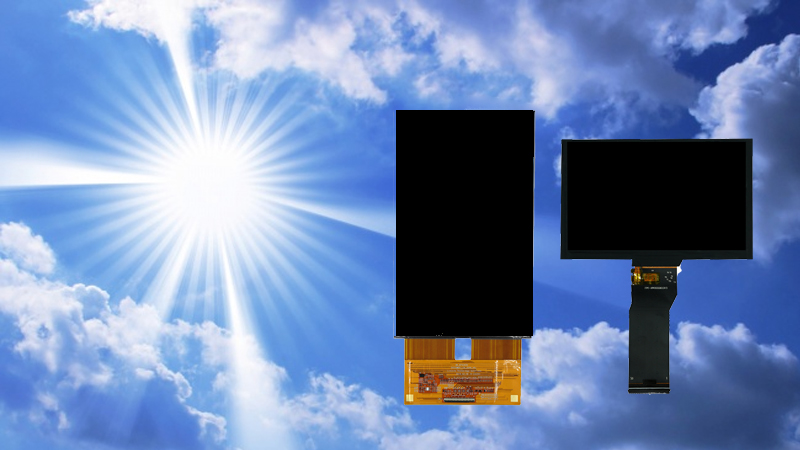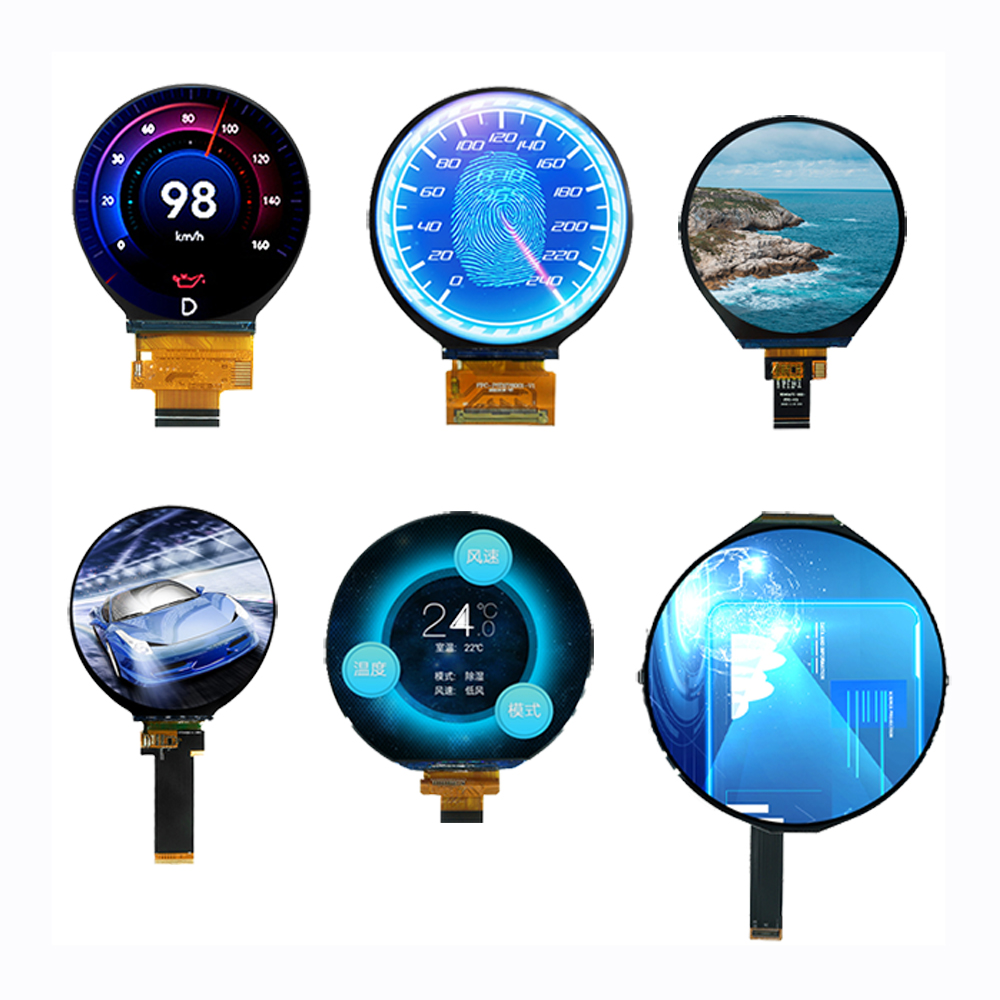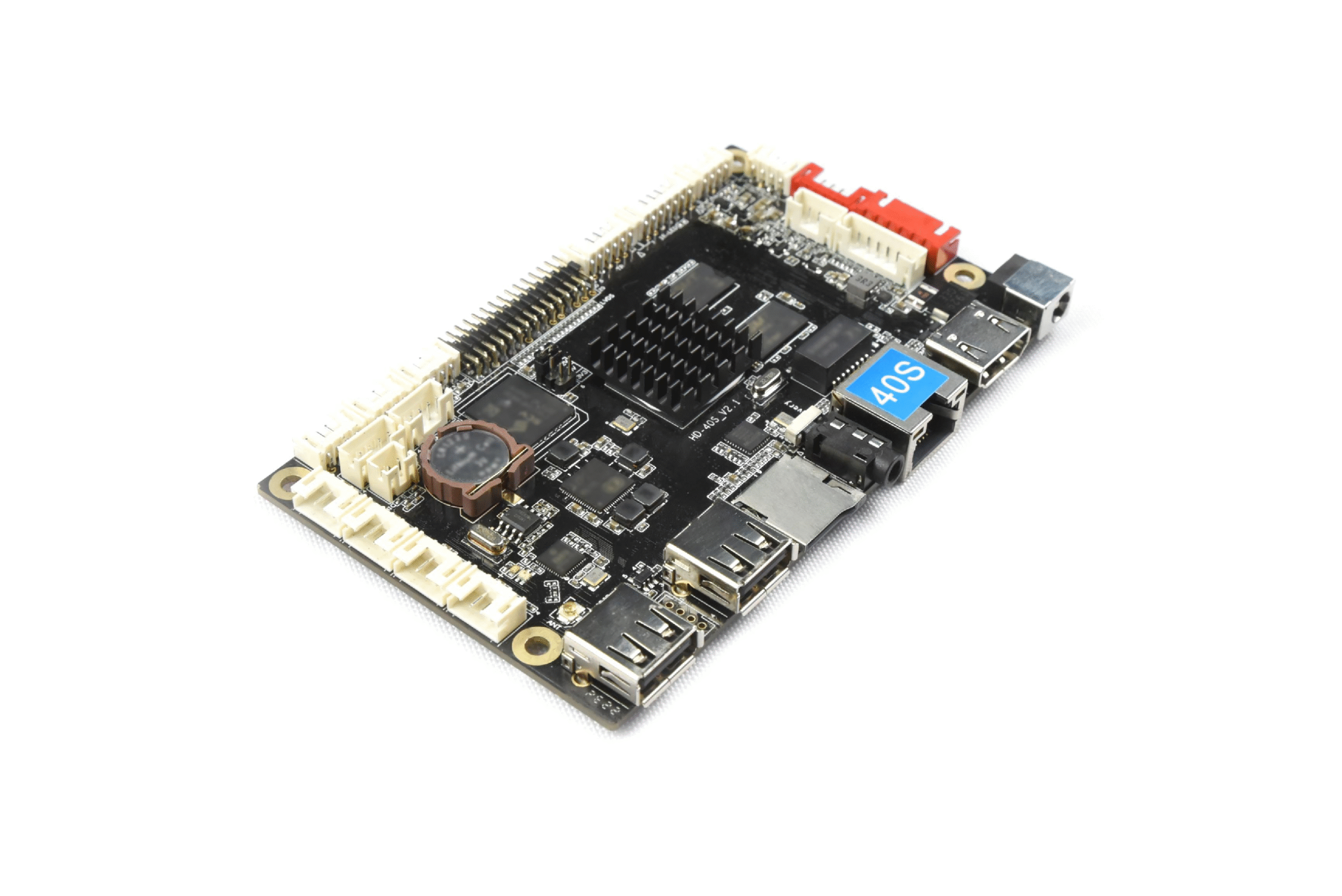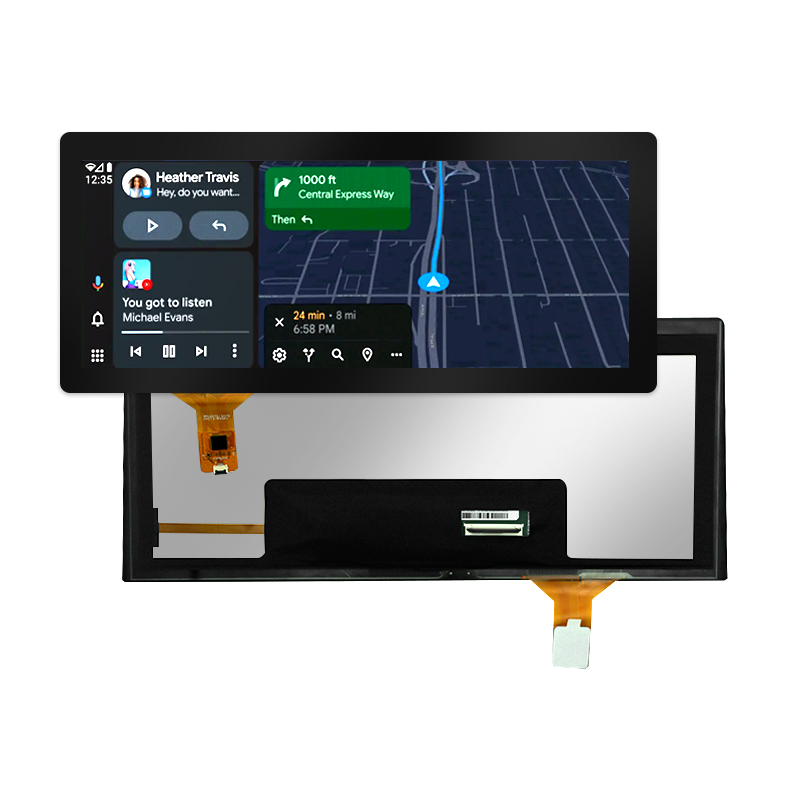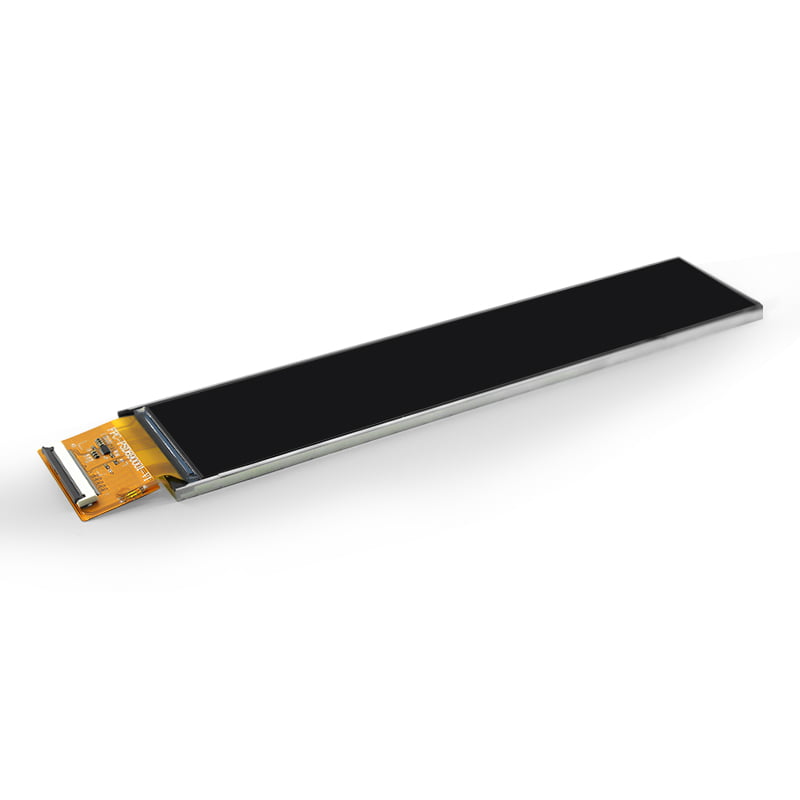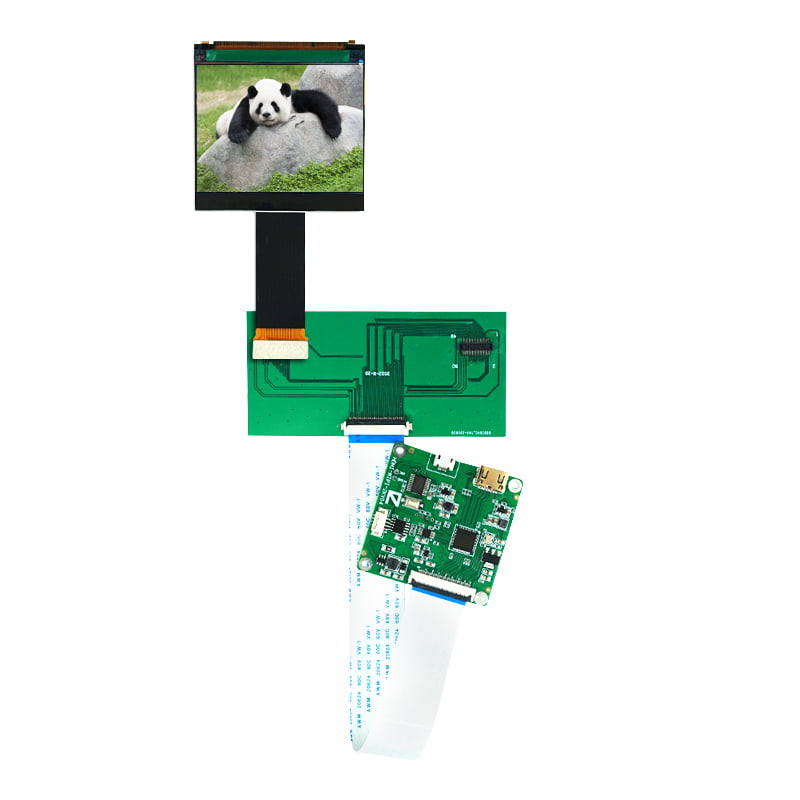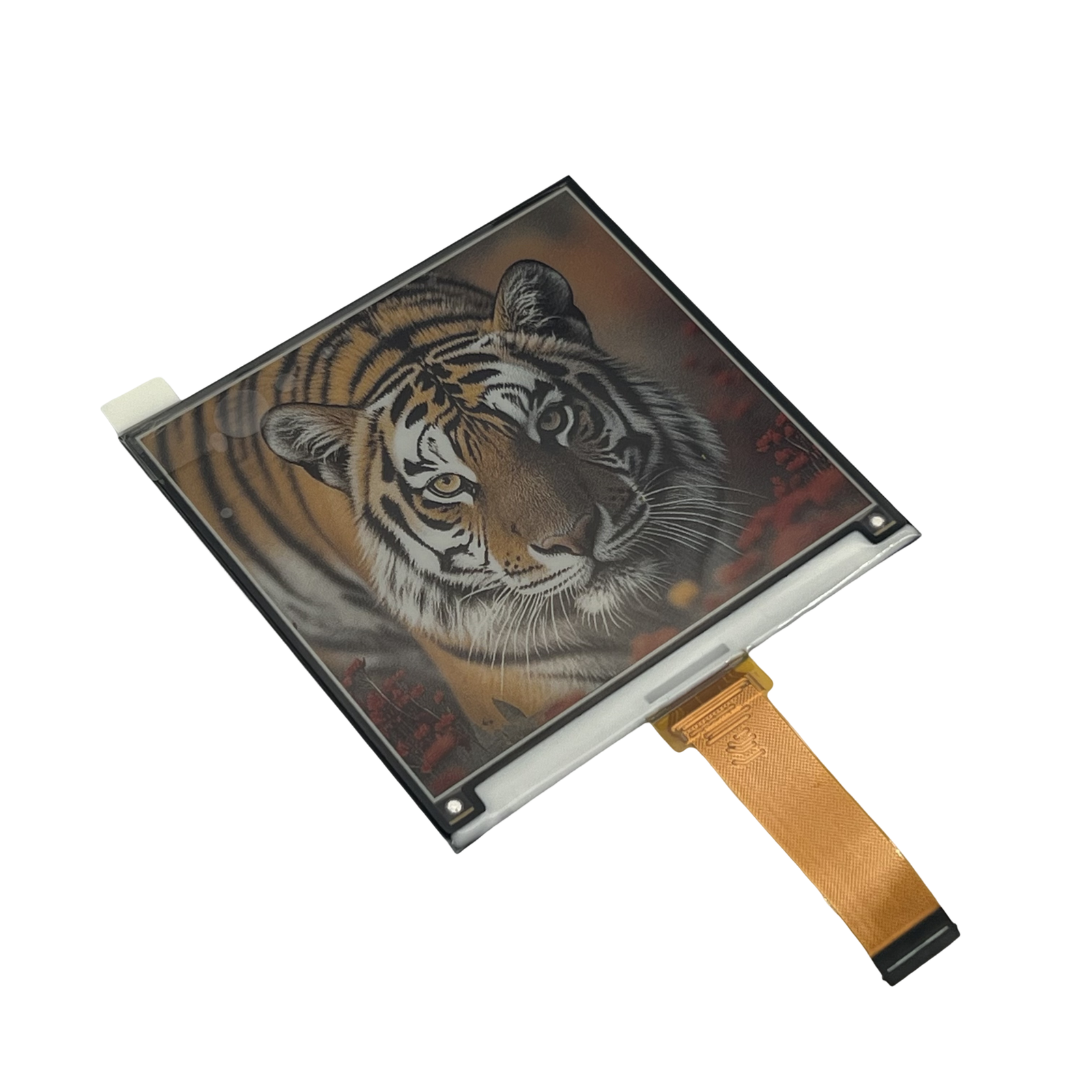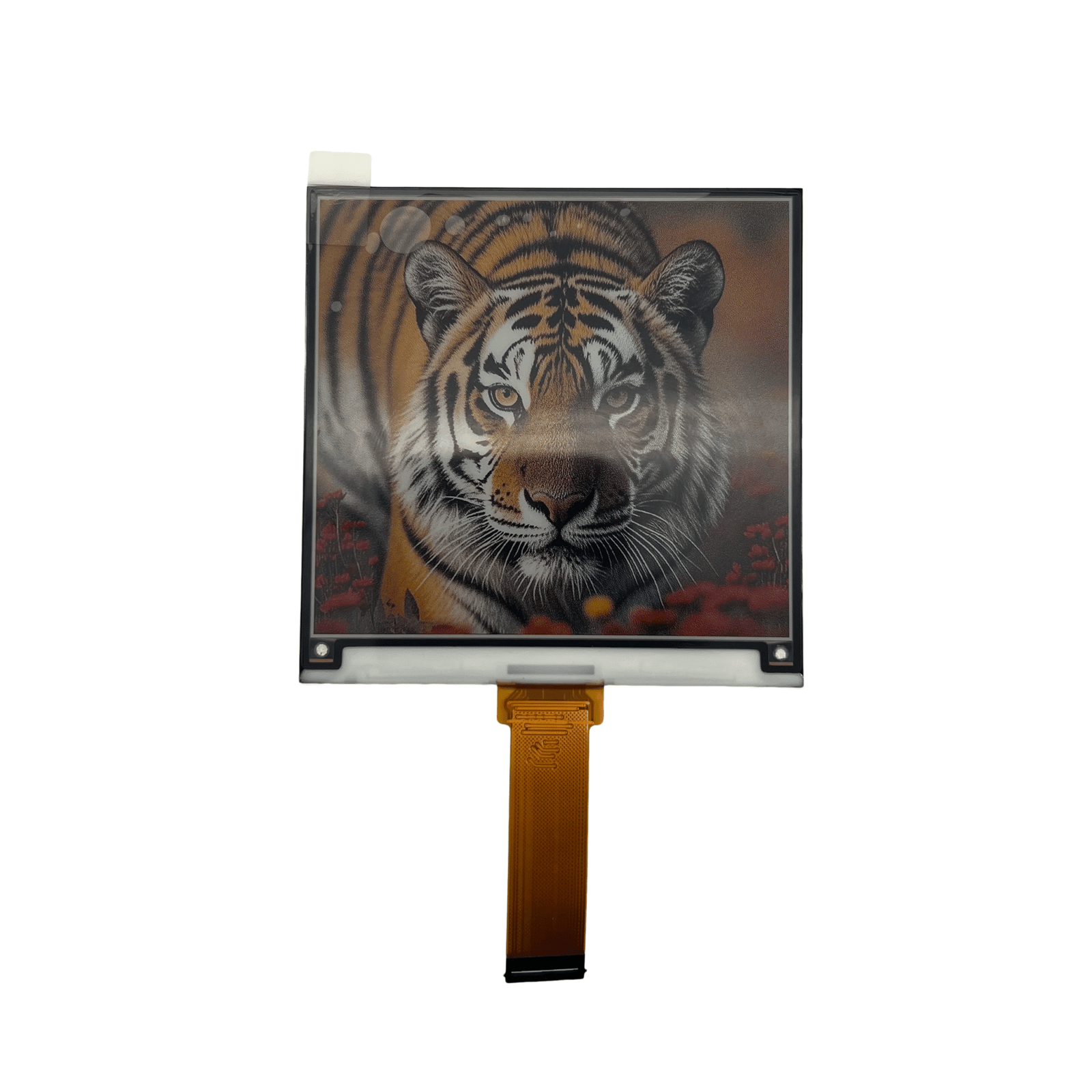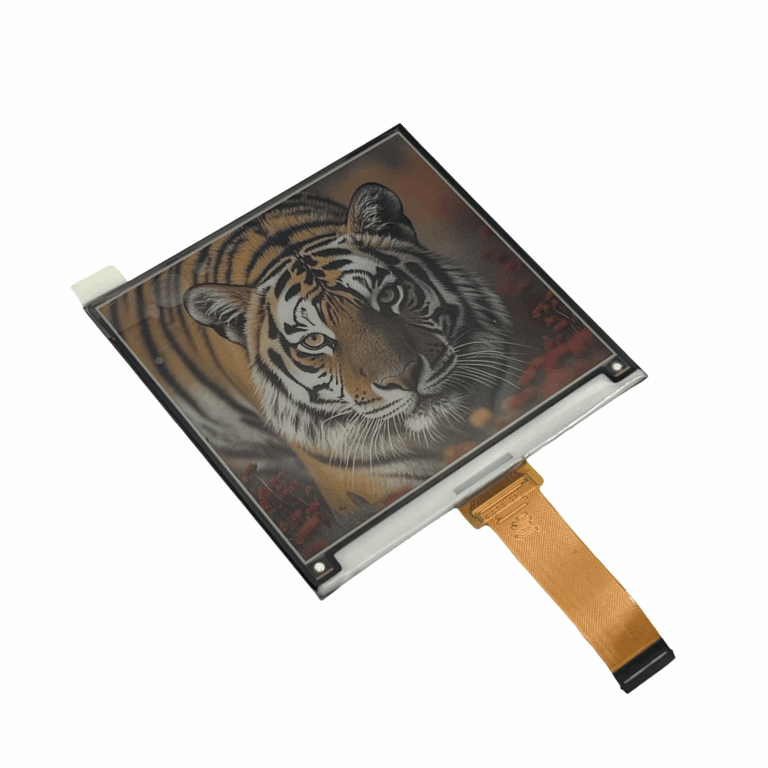
e-Paper Display
Colors: Black / White / Red / Yellow
Surface Treatment: Anti-Glare, Hardness 3H
e-Paper Display
In an increasingly digital yet energy-conscious world, e-paper display technology has emerged as a quiet powerhouse. Unlike power-hungry LCDs or OLEDs, e-paper mimics ink on paper, offering exceptional readability, minimal energy use, and aesthetic simplicity. From e-readers like Kindle to electronic shelf labels in supermarkets, e-paper displays are transforming how we interact with digital content—especially where long battery life and outdoor visibility are critical.
What is an e-Paper Display?
An e-paper display (also known as E-Ink display) is a type of reflective display that uses electrophoretic technology to move micro-particles within a liquid layer to form text and images. Instead of emitting light like backlit screens, e-paper reflects ambient light—making it readable in sunlight and comfortable for extended viewing.
e-Paper displays are bistable, meaning they only consume power when content is updated. Once the image is formed, it remains without drawing any current, allowing weeks or even months of battery life.
How e-Paper Differs from LCD and OLED
| Feature | LCD/OLED | e-Paper Display |
|---|---|---|
| Power Consumption | Continuous, high | Near zero when static |
| Visibility in Sunlight | Poor without high brightness | Excellent, like printed paper |
| Viewing Comfort | Emits blue light, eye strain | Reflective, comfortable like paper |
| Color Capability | Vivid color | Limited or muted colors |
| Refresh Speed | High, supports video | Slow refresh, not suitable for animation |
| Flexibility | Limited | High, supports flexible substrates |
The Technology Behind e-Paper Displays
Electrophoretic technology is the backbone of e-paper. Here’s how it works:
Millions of microcapsules filled with black and white (or colored) particles are suspended in a clear fluid.
When an electric field is applied, positively and negatively charged particles move to the surface to form visible text or images.
Once the image is in place, no further power is needed to maintain it.
Other emerging e-paper technologies include:
Electrowetting
Cholesteric LCD
Electrochromic displays
However, E-Ink’s electrophoretic tech remains the market leader.
Types of e-Paper Displays
| Type | Description |
|---|---|
| Monochrome (Black & White) | Most common; ideal for text-based applications |
| Color e-Paper (ACeP, Triton) | Lower saturation but evolving quickly |
| Flexible e-Paper | Plastic-based substrates for curved or wearable surfaces |
| Segmented Displays | Pre-defined image areas for ultra-low-cost applications |
Benefits of e-Paper Displays
🔋 Ultra-Low Power: No backlight or continuous refresh needed
☀️ Sunlight Readable: Crisp and clear in outdoor environments
👁️ Eye Comfort: No glare, blue light, or flicker
📏 Thin & Lightweight: Perfect for slim devices
🧲 Bi-stable Memory: Power-free display retention
🌱 Environmentally Friendly: Saves energy and replaces disposable paper
Where e-Paper Displays Shine
Retail and Smart Shelf Labels
Electronic Shelf Labels (ESL) update pricing in real-time
Reduce human error and labor
Long-lasting and maintenance-free
e-Readers and Digital Notebooks
Amazon Kindle, Kobo, reMarkable
Easy on the eyes, long battery life
Supports handwriting input and stylus annotation
Wearables and Smartwatches
Used in fitness bands and hybrid watches
Reflective displays reduce glare outdoors
Batteries last months instead of days
Industrial and Logistics
Smart tags, warehouse labels, bin indicators
Real-time updates via NFC, BLE, or RF
Robust and often IP-rated for harsh environments
Transportation and Ticketing
Bus stop timetables, public signage
Operates reliably in hot, cold, or battery-constrained settings
Smart Cards and Badges
Dynamic business cards, ID badges, access passes
Personalized content with security and tamper resistance
Power and Energy Efficiency
e-Paper is bistable, drawing power only during screen updates. This allows devices like:
Smart shelf tags to run for 5+ years on coin batteries
e-Readers to operate for weeks on a single charge
IoT sensors to include visual feedback without adding large power sources
Touchscreen Integration with e-Paper
e-Paper can be paired with:
Capacitive Touch Panels – Ideal for finger input
EMR (Electromagnetic Resonance) – Stylus-friendly input, used in writing tablets
Resistive Touch – For rugged, glove-compatible applications
Touch doesn’t affect the bistable property and can be layered with optical bonding for better display quality.
Flexible and Curved e-Paper
e-Paper can be fabricated on plastic substrates, enabling:
Curved smart labels for bottles and packaging
Rollable displays for foldable notebooks or wearables
Bendable signage for embedded retail furniture
These formats open new doors for design innovation in limited-space environments.
Challenges in e-Paper Technology
Despite its strengths, e-paper is not without limitations:
Refresh Rate: Not suitable for full-motion video
Color Performance: Still lags behind OLED or QLED
Cold Start Limitations: Can be slow in sub-zero environments
Higher Initial Cost: Compared to traditional LCD in large volumes
However, ongoing R&D is steadily improving these areas.
Next-Generation Developments
Full-color e-paper with faster refresh cycles
Hybrid displays combining e-paper with LED for occasional animations
Higher DPI resolutions for image-intensive applications
Transparent e-paper and dual-sided displays
Startups and established players like E Ink, CLEARink, and Plastic Logic are at the forefront of these advancements.
FAQs
How long does an e-paper display last?
Most displays can last for millions of updates and 5+ years in regular usage.
Can e-paper be used for video?
Not effectively yet. Refresh rates are too slow, though hybrid and fast color e-paper is improving.
Is color e-paper available?
Yes, but colors are muted. E Ink Gallery 3 and similar solutions are working on richer displays.
Does e-paper work in the dark?
Not natively. Front-lights or LED overlays are added in devices like Kindle Paperwhite.
Is e-paper suitable for outdoor use?
Yes. It is one of the most sunlight-readable display technologies available.


